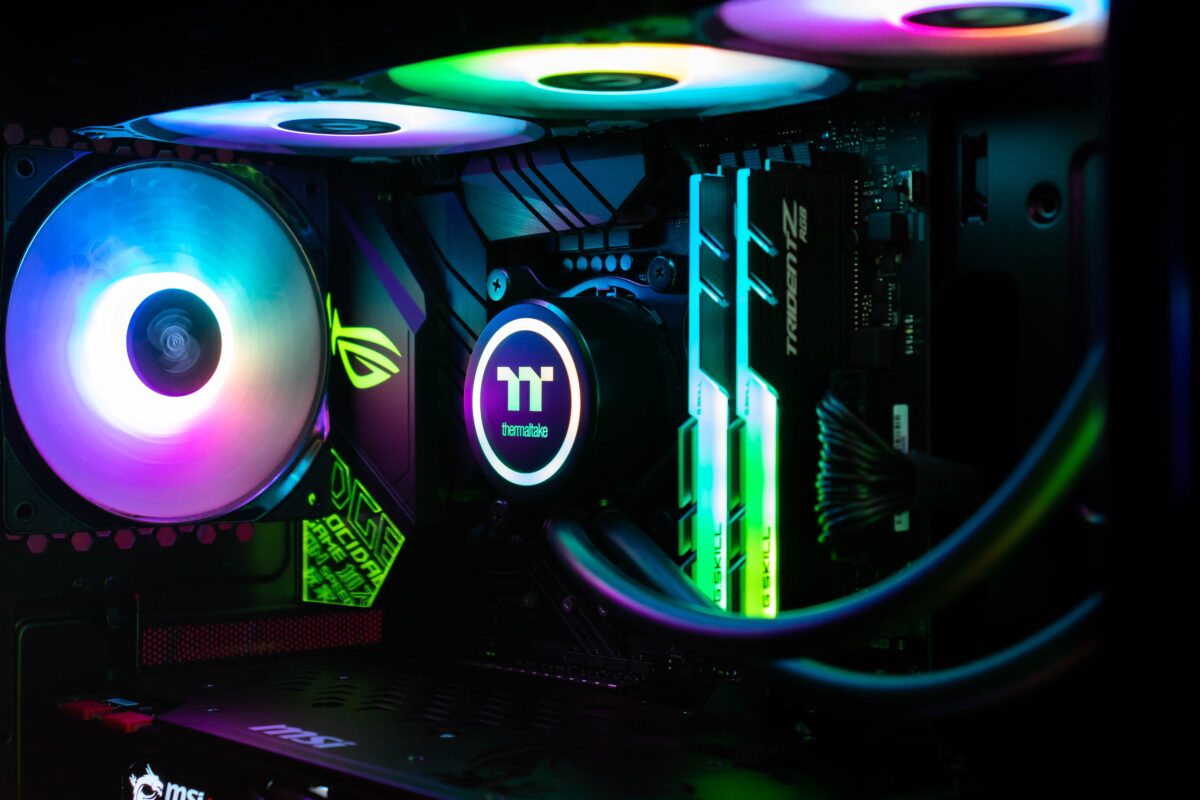After Virgin Orbit’s merger with Sir Richard Branson’s space-focused company, Virgin Galactic, earlier this year, the aerospace startup has just launched its first commercial satellite mission after months of preparation, and it looks like the spacecraft was well worth the wait. This is a real game-changer in terms of what Virgin Orbit can do, with many more such projects likely on the horizon. Stay tuned to the company’s social media accounts to see what they come up with next!
Virgin Orbit and The Spaceship Company announce merger
Virgin Orbit has announced that it has reached an agreement to merge with The Spaceship Company (TSC). This is a positive move for Virgin Orbit, giving them more operational and financial resources for long-term growth. As part of a larger Virgin group, Virgin Orbit will have access to TSC’s technical know-how and advanced technologies developed by The Spaceship Company.
Virgin Orbit’s first satellite launch
Virgin Orbit successfully launched its LauncherOne rocket, an air-launched rocket designed to place small satellites into orbit. Virgin has plans to launch hundreds of microsatellites for companies and government agencies that can’t afford their own rockets. This week’s success came a few months after it was announced that Virgin is merging with The Spaceship Company (formerly part of Virgin Galactic) and OneWeb, a provider of internet service using low-orbit satellites. The name SPAC comes from combining Space and Pace, highlighting how merging these two powerful forces in aerospace technology will enhance innovation in spaceflight.













